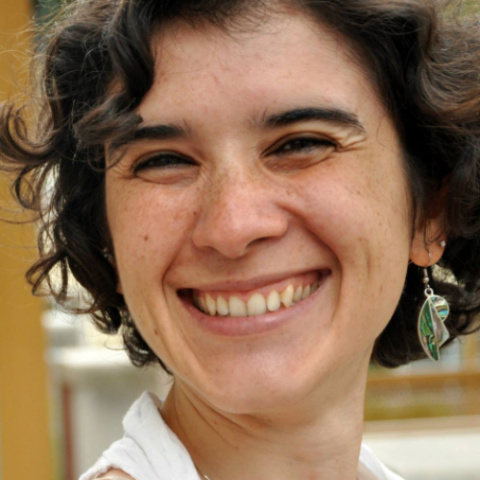Giulia Annovi

Biologa e diplomata in flauto traverso, ho frequentato il Master in Giornalismo Scientifico Digitale presso la SISSA di Trieste. Mi occupo di giornalismo e comunicazione della scienza come freelance. Scrivo di medicina, tecnologia e musica.
di Giulia Annovi
26 Lug 2023


